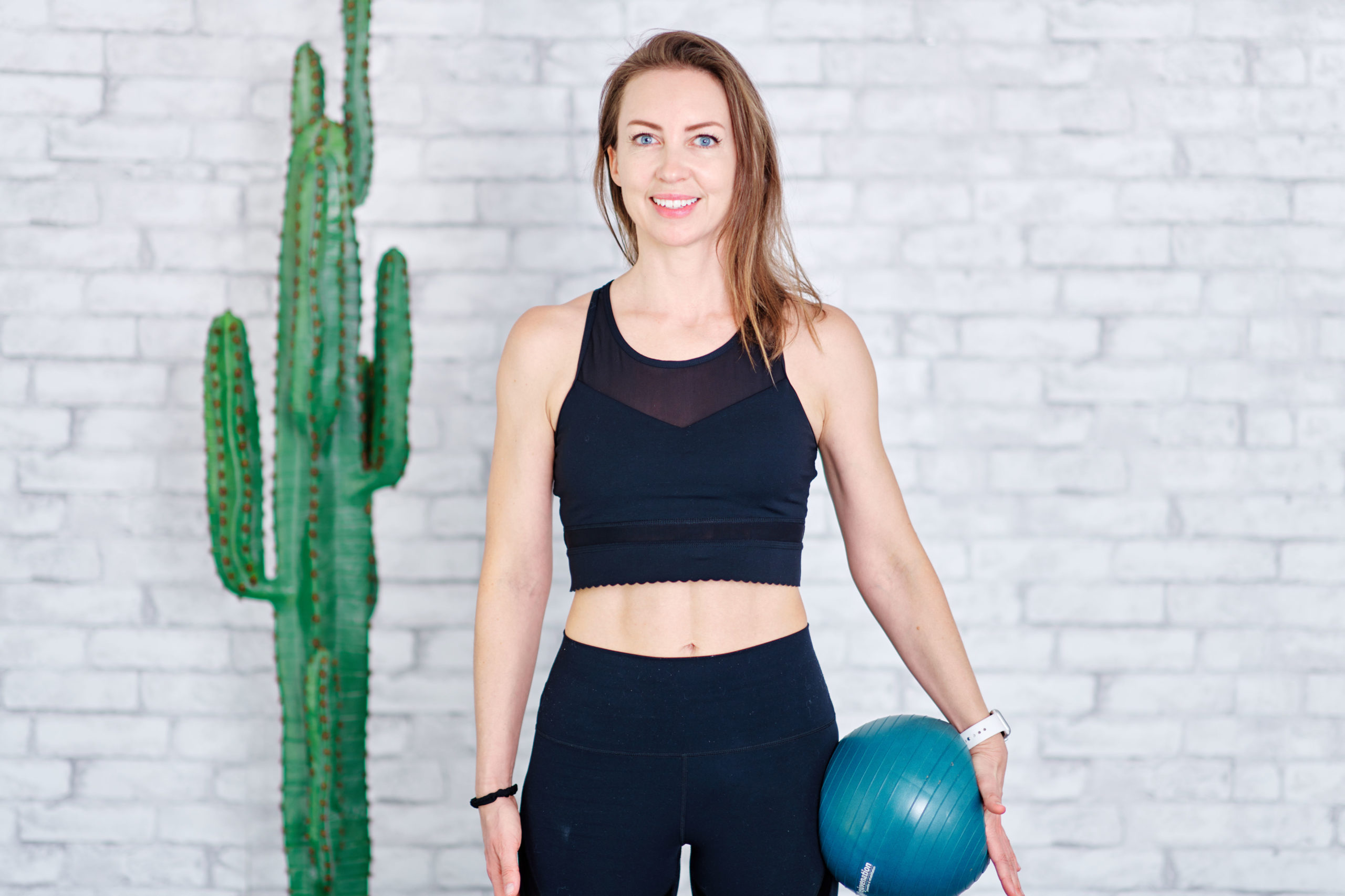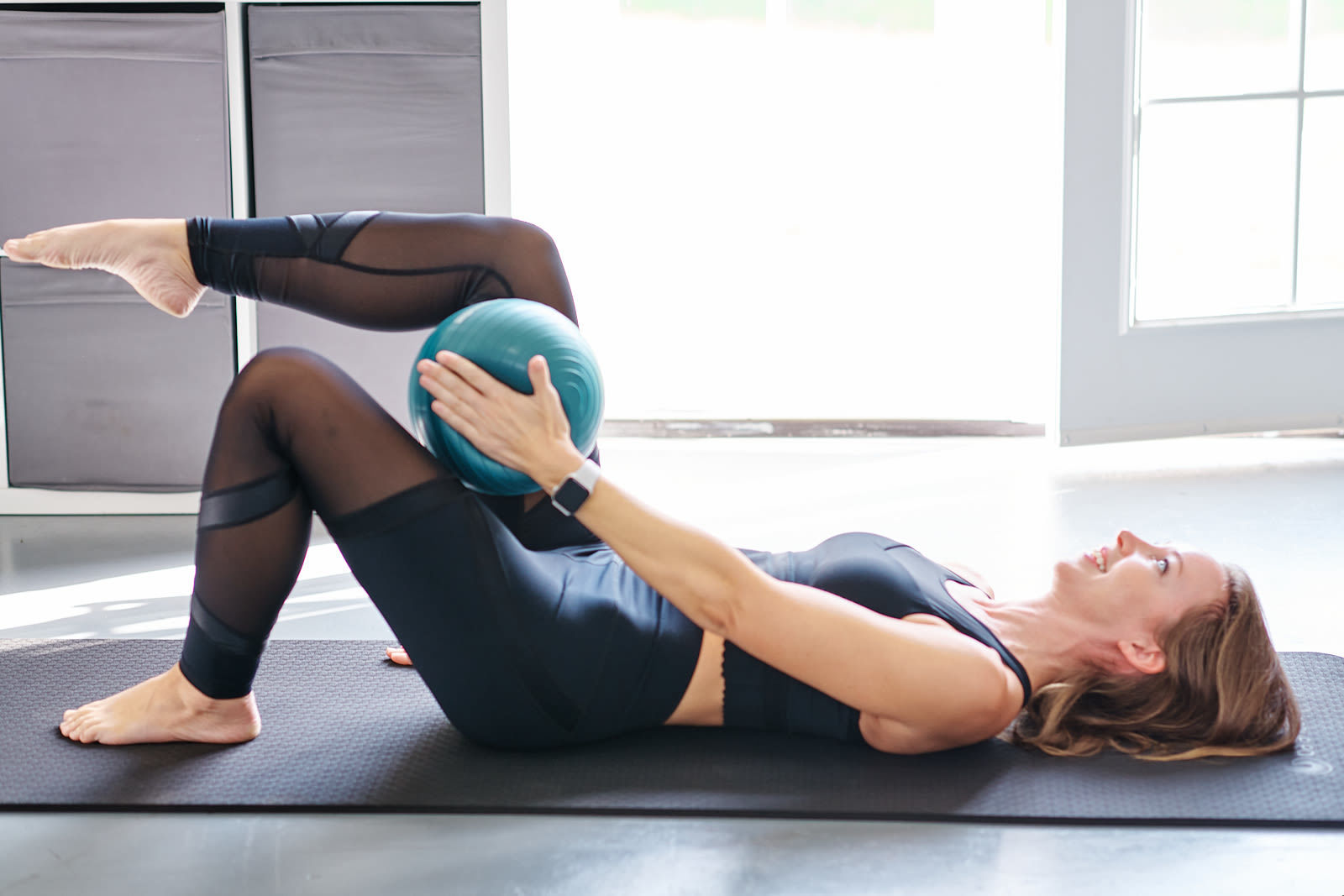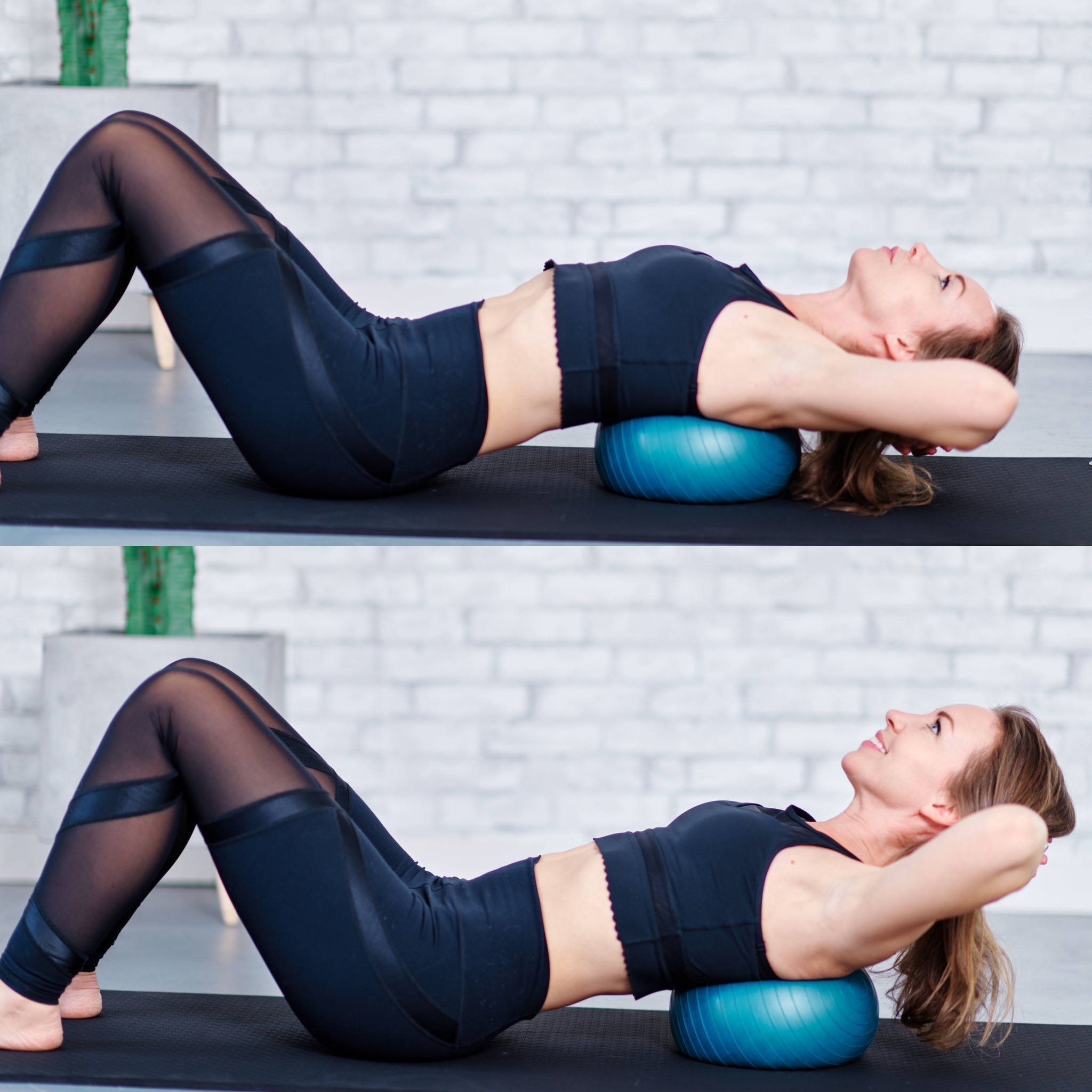A lot of times, confidence in the workplace comes down to things like: having healthy self esteem, knowing your strengths, having great stage presence and knowing how to behave like an extrovert (particularly important for us introverts!). Confidence comes mostly from within and from the way we view ourselves. But let’s be honest, it can also be a little bit about how we look too. When we feel bloated, it can have a significant effect on our outward confidence that day.
While bloating can very often be food related, as a pelvic floor expert I see all too often that a weak pelvic floor also has a huge effect on the way our midsection looks and very often is a major contributor to “belly bulge”. The pelvic floor is the literal foundation of your core, and if you’ve been doing all the crunches with a weak pelvic floor and wondering why you aren’t getting the results you thought you would, there’s a really good chance your pelvic floor needs some attention first.
So many of us think that training the pelvic floor means “just doing Kegels” but it’s actually so much more than that. Having a strong pelvic floor and core improves posture, strength, and when done correctly actually eliminates belly bulge. And who doesn’t feel more confident with a flatter, stronger tummy?!
Here are 5 moves that don’t look cool on instagram but are more effective than crunches:
How to properly train your pelvic floor
This type of breathing is the foundation of rehabilitating and reconditioning the pelvic floor, and a firm foundation from which to learn all other core exercises. Here’s how to activate the pelvic floor, the transverse abs and the diaphragm all at once and get them all moving together, as they should do (different from Kegels which only isolates the pelvic floor – not how it was intended to function).
The next time you go to do your Kegels, try doing this proper pelvic floor workout instead:
- Stand up straight with your feet slightly apart and your pelvis and spine in neutral (there should be a slight curve in your low back and the ribcage should be tucked in without rounding your shoulders forward)
- Keep your chin lifted and look straight ahead (preferably in front of a mirror)
Try to create a sensation of lift through your entire body. Through your legs, through your spine, and up through the crown of your head - Now put your mind to about 6 inches below your belly button and imagine trying to lift up all of your internal organs (without changing the position of your spine and without squeezing your glutes). That’s your pelvic floor lifting
- Now keep that lift and imagine you’re wearing an old Victorian corset and someone is wrapping and tying it tightly around you. That’s your transverse abdominals
- Now start to breathe deeply in and out whilst keeping those 2 connections
- You want to avoid sending the breath into the belly and think instead about sending that deep inhale into the back of your ribcage
- Keep breathing deeply in and out (we want to try to get out of the habit of shallow breathing patterns) whilst keeping both that sensation of lift and wrap, without squeezing your glutes and without allowing your shoulders to tense or round forward
Obliques
The obliques are your side abs (an often overlooked core muscle). Oblique exercises are some of my absolute favorite core exercises. Here’s a great way to get them firing without doing a crunch/bicycle type exercise:

- Stand in the same position as above but this time use either a 9” barre ball, a kids soccer ball, a pilates ring, or something with a bit of squish that you can press on.
- With a straight arm, bring the ball to your left hip.
- As you exhale, lift and wrap tightly as you press on the ball (without tensing your glutes or rolling your shoulder forward)
- This shouldn’t feel like an arm exercise. The power should all feel like it’s coming from your core.

- As you press on the ball, you should feel not only your pelvic floor and TA working, but also the left oblique kicking on as well.
- As you inhale, release the tension on the ball but keep most of the tone in your core.
- Do this 10x on each side
Transverse Abdominals
We all know and love high pressure ab exercises (crunches etc), but those are actually quite advanced abdominal exercises and don’t get good results until both the pelvic floor and the transversus abdominus (TA) are already strong. Low pressure ab exercises are more effective when rebuilding the core. This is pretty much any ab exercise where the spine stays in neutral, and it can have varying degrees of intensity. Here’s an example of a low pressure ab exercise:
- Lie on your back with your spine in neutral (a little bit of space between your low back and the mat)
- Bring one leg into tabletop position
- Bring your opposite hand and press it against your inner thigh (you can also you a 9” barre ball or a Pilates ring)
- Lift your pelvic floor and wrap your TA like we talked about above
- As you exhale, press your hand and your leg towards each other quite hard without changing the position of your spine or pelvis, whilst simultaneously deepening the connection in your core
- As you inhale, release the tension with your hand and leg but keep tone in your core
- Think about diagonal energy coming across your core from your shoulder to your opposite hip and notice just how much core strength is required in order to keep the spine in neutral, and to prevent forward pressure in the core whilst pushing against your leg
- Do this 10x on each side
Intermediate TA
If you’re able to properly execute the previous 3 exercises and really deeply feel each muscle, try this one for an even deeper connection:
- Lie in the same position as above, but this time bring both legs into tabletop.
- Place the ball this time against the front of your thigh with the opposite hand and bring the other arm straight up towards the ceiling.
- As you exhale, lift your pelvic floor, wrap your TA, push hard on the ball as you take your opposite arm and leg out straight to about 45 degrees from the ground, making sure you maintain that deep connection in your core, keep the ribcage tucked in and the spine in neutral. There should be no overarching of your low back. Your core should be in full control.
Crunch without the crunch
Once you’ve nailed all of the above exercises (if they feel easy, you likely aren’t doing them correctly!), this is a great way to start putting everything together, working towards a crunch, without the rectus abdominis (six-pack abs) just taking over and ignoring the other core muscles:
- Lie on your back with a barre ball (or rolled up pillow) in between your shoulder blades.
- Bend your knees and interlace your hands behind your head.
- As you inhale, extend your upper back over the ball.
- As you exhale, lift your pelvic floor, wrap your TA and lift your upper back so that your spine is in a straight line (notice that we aren’t coming into a crunch here, just a straight line).
- As you inhale, keep most of the tone in your core as you reach back over the ball.
- Do this 10-20x
- Move slowly and with control. Making sure your core fires BEFORE you start to lift.

The fitness industry rarely teaches us about the utmost importance of strengthening the pelvic floor alongside the rest of the core, but it literally is the most important piece of the puzzle. It is never too late to rehabilitate, to rewire the messages from your brain to your core and get it all working correctly again. The pelvic floor is so often overlooked but it truly makes strengthening the core that much easier. Everything is connected!
So forget about crunches. If you want a flatter stomach and a body that functions correctly, you NEED a proper pelvic floor routine.
Find Emma:
Website: https://www.thebromleymethod.com/
Instagram: https://www.instagram.com/bromleymethod/
